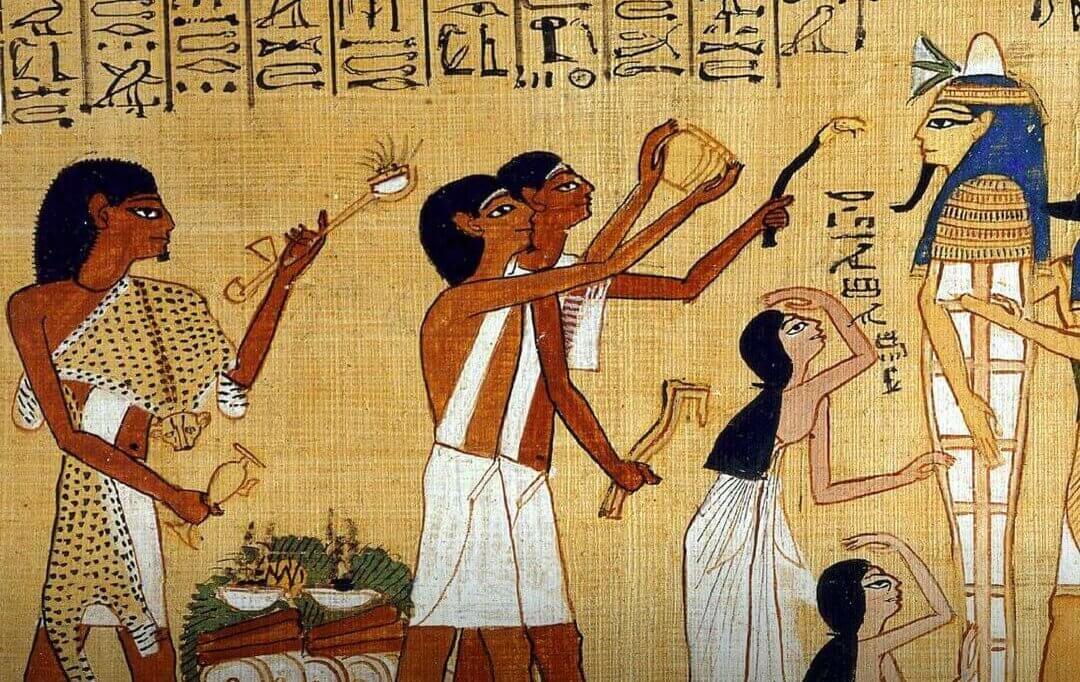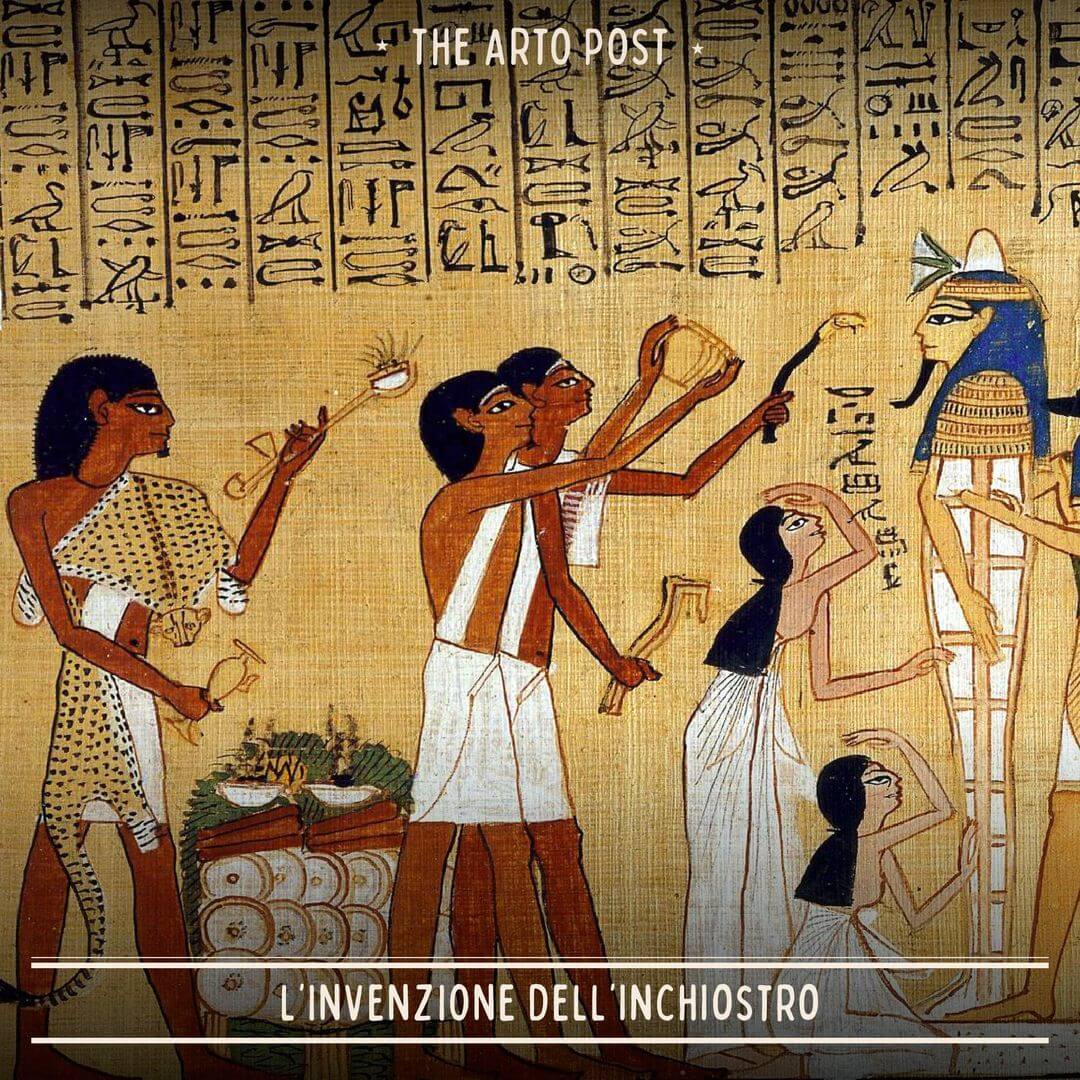The invention of ink

The ancient Egyptians had a brilliant idea: they transformed a reed plant from the Nile into papyrus for writing. To create ink, they mixed soot from oil lamps with water and resin.
Their writing system used hieroglyphs—symbolic images that represented real objects and ideas.
These were believed to hold sacred power: erasing someone’s name meant erasing their very existence. For this reason, erasing someone’s name was a way of erasing their very existence!

Only the sekhau—scribes—could write. These highly trained specialists passed their knowledge only to those whose professions required it, such as doctors, architects, or administrators.
Hieroglyphs remained a mystery for centuries until 1799, when the Rosetta Stone was discovered. This slab bore the same text in three scripts: hieroglyphic, demotic, and Greek. By translating the Greek, scholars finally deciphered the ancient language.
In the image: The Papyrus of Hunefer, 1275 BC.
This and other interesting facts can be found in the Art and Science album.
Explore the Art and Science album!